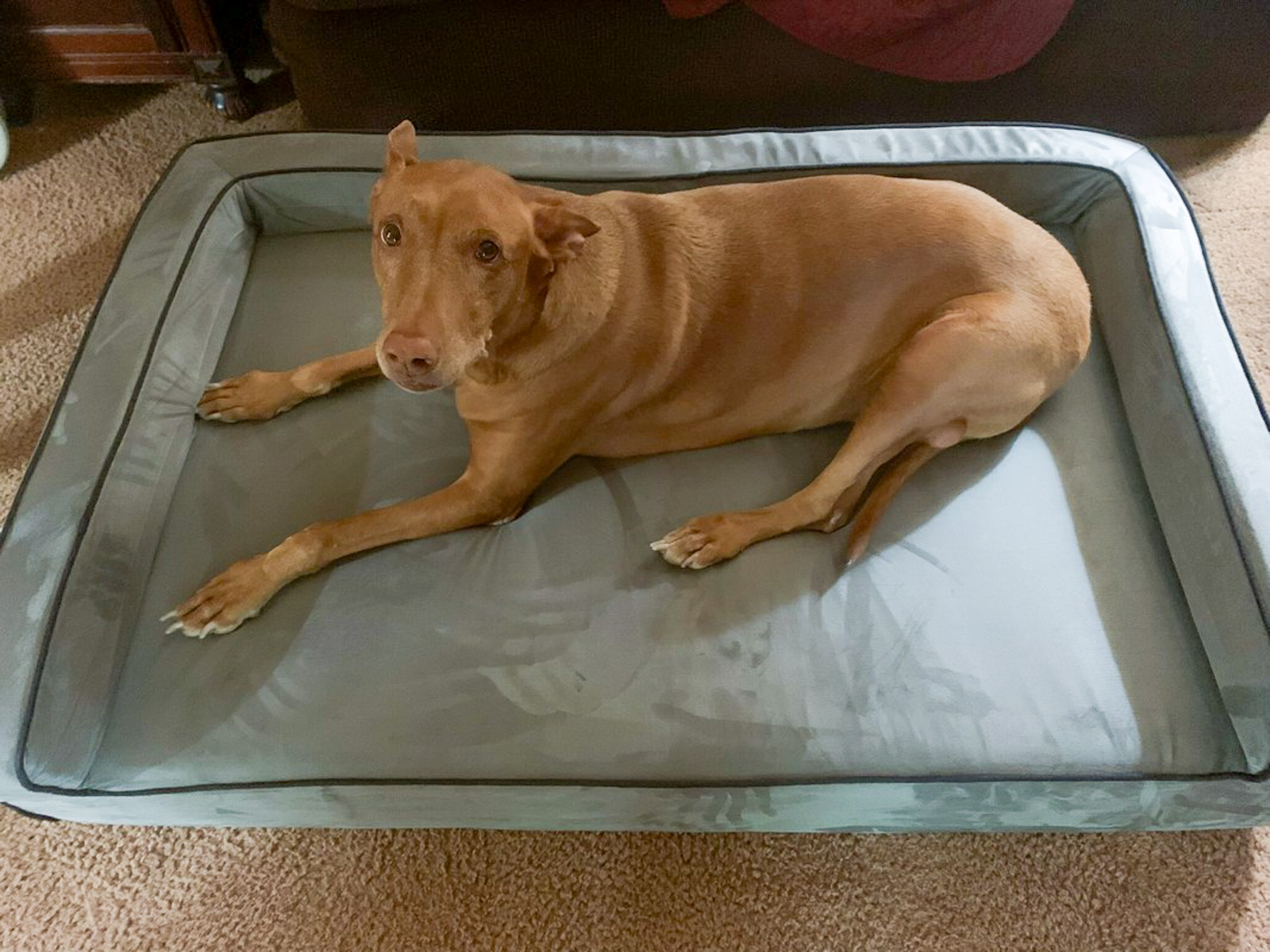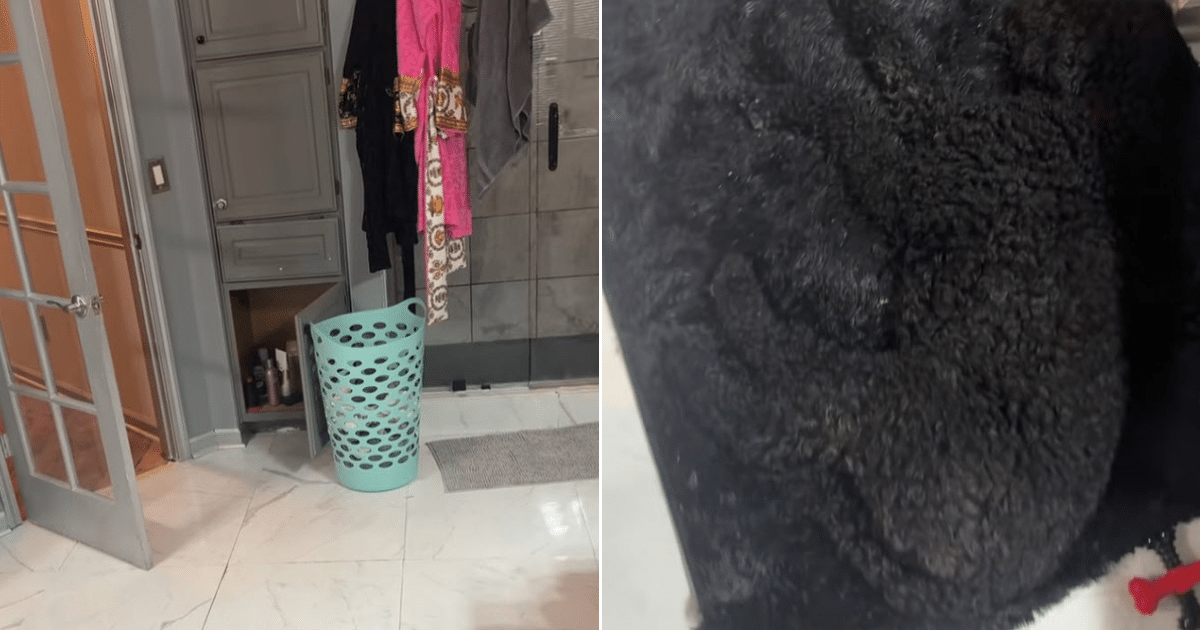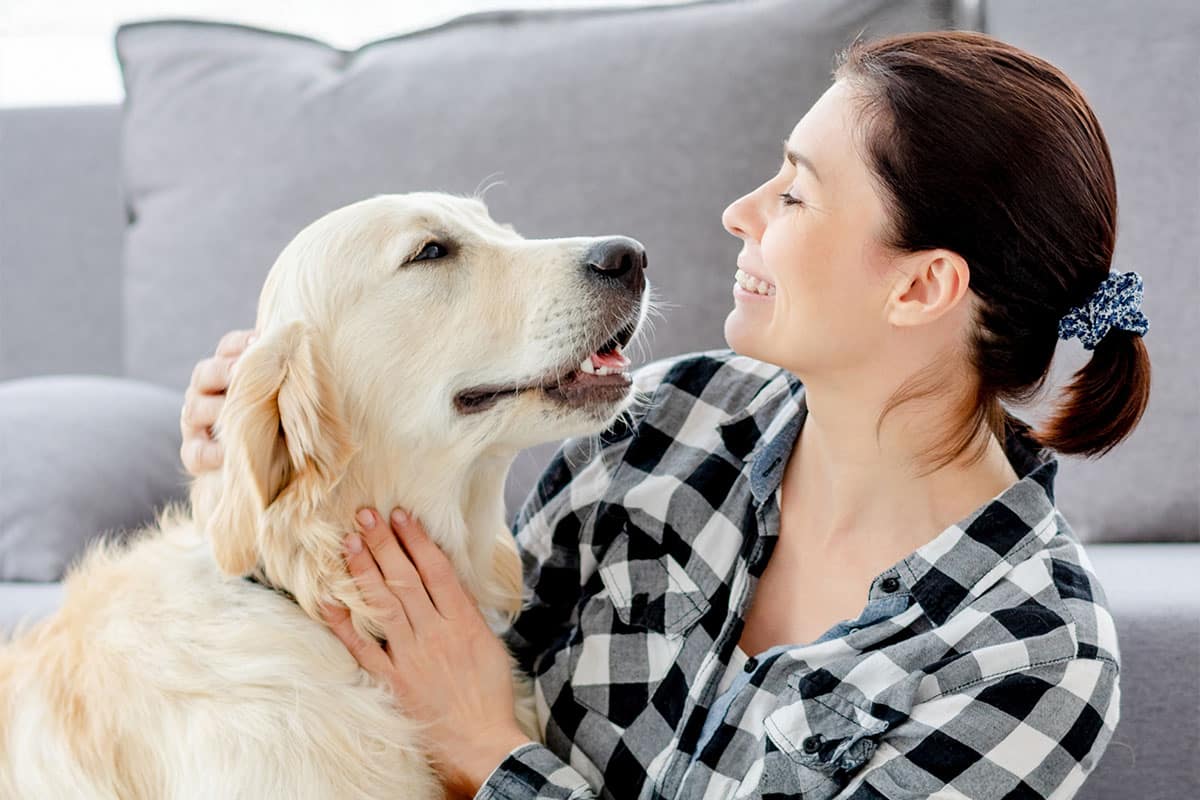Choosing the right size dog door for your sliding glass door can make life easier for both you and your pet. The best size dog door should give your pet enough space to walk through comfortably, without needing to duck or squeeze. Picking the right size also helps keep your home sealed and secure.
When you look at sliding glass doors with built in dog door, you need to think about your dog’s height and width, as well as how high the door will sit above the ground. Dog doors that fit your sliding glass door come in various sizes, so finding one that matches your pet’s needs and your door measurements is crucial.
By measuring your pet and checking the opening of your sliding glass door, you can find an option that gives your dog freedom while keeping your house protected from weather and drafts. It’s easier than you think to add a sliding glass dog door and help your pet move in and out with ease.
Determining the Right Size Sliding Glass Dog Door
Getting the right size dog door involves measuring your dog, checking the height of the step-over section, and thinking about the needs of all pets that will use the door. Each factor matters to make sure the door is safe and easy to use every day.
Measuring Your Dog for a Proper Fit
Start by measuring your dog’s height and width. Have your dog stand up straight, and measure from the floor to the highest point of their shoulders (the withers). Add one or two extra inches to this number, so your dog has some space to walk through comfortably.
Now, measure the widest part of your dog, usually across the chest or hips. Again, add an inch or two to this measurement. These numbers help you pick a door with an opening big enough for your dog to pass through freely. Make sure the door size you choose is not too tight, since squeezing or crouching can be hard for your pet.
When you shop for a pet door, check the size chart for the product you are interested in. Most doors come in small, medium, large, or extra-large, so match your measurements to the door’s listed opening size. A proper fit keeps your dog happy and avoids scraping or bumping.
Considering Door Step Over Height
The step over height is the distance from the floor to the bottom edge of the pet door opening. If the step is too high, small, or older dogs may struggle to use the door. Measure from your floor to where you plan to install the bottom of the pet door.
As a tip, keep the step over height lower than the knee of your smallest pet. A low step makes it easier for puppies, senior dogs, and short breeds to go outside without jumping. Some doors have adjustable panels, so you can raise or lower the step over height during installation.
If you have a raised sliding door track, factor that extra height into your planning. This helps you avoid creating a barrier that’s awkward or unsafe for your pet. The right step over height makes the door safe and useful for daily use.
Accounting for Multiple Pets
If you own more than one pet, use the measurements of your largest and smallest pets to choose the door. Measure each pet’s height and width, then select a door that is tall enough for the largest pet and has a step-over height low enough for the smallest.
A larger door makes it easier for all pets to move in and out, but be careful not to choose a door that is too big, as this can become uncomfortable for the smallest animal or limit the space in your home. If you have cats and dogs of different sizes, consider a door with a flexible flap or adjustable step to fit everyone better.
Create a brief list of your pets and their corresponding sizes. This way, you don’t miss anyone when picking the right door. A good fit helps avoid accidents, injuries, or hesitation when your pets use the door together.
Factors Influencing Dog Door Size Selection
Selecting the ideal size for a sliding glass dog door depends on your dog’s breed and size, the location where you plan to install the door, and the level of security and energy efficiency you desire for your home. Simple mistakes in these areas can lead to problems like discomfort for your pet, drafts, or security gaps.
Assessing Dog Breed and Growth Potential
Your dog’s breed and potential for growth influence which door size will suit them best. Many breeds differ in height and width, so measurement is important. Use a measuring tape to check your dog’s shoulder height and width at the widest point. Add a couple of inches to both for comfort.
If your dog is still a puppy, consider the average adult size for their breed. Medium and large dogs need taller and wider openings than smaller breeds.
For multi-pet homes, select a size that fits the largest pet. Smaller dogs can use a large door, but a large dog cannot fit through a small one.
Understanding Door Placement and Home Layout
Think about where the sliding glass door is located in your home. Measure both the opening and the step-over height from the floor to the base of the door opening. Older dogs or pets with mobility issues need a lower step-over.
Check the layout of the room and outdoor space as well. Avoid placing the door where obstacles like furniture might block your pet’s path. Make sure the chosen area allows clear access for your dog to come and go.
If there is a patio or porch outside, measure if there is enough space for your dog to move freely after they exit. Tight spaces can cause stress, especially for large or nervous pets.
Evaluating Energy Efficiency and Security
Energy efficiency and security both affect the dog door size you should select. Larger doors can let in more outside air, so weatherstripping or double-pane designs can help keep your home comfortable. Small gaps or loose-fitting doors may cause drafts and increase heating or cooling costs.
For security, look for locking mechanisms or features that help keep unwanted animals or intruders out. Some doors have sliding panels you can use to block the opening when not in use. The fit of the door in the frame should be snug to limit both energy loss and security issues.
Choosing the right balance between a door that accommodates your pet and keeps your home secure and comfortable is important for everyday use.
Conclusion
Choosing the right size sliding glass dog door depends on your dog’s height, width, and how comfortable they feel using it. Measure from your dog’s shoulder to the ground and add a couple of inches for easy movement.
Ensure the width is suitable for your pet’s body so they don’t get stuck or feel constricted. Consider your door’s space and track height before you buy.
A quick checklist:
- Measure your dog’s height and width
- Check the sliding door track size
- Pick a door that matches both
With the correct size, your dog can come and go with ease. Proper sizing also helps keep your home safe and comfortable.




















 English (US) ·
English (US) ·